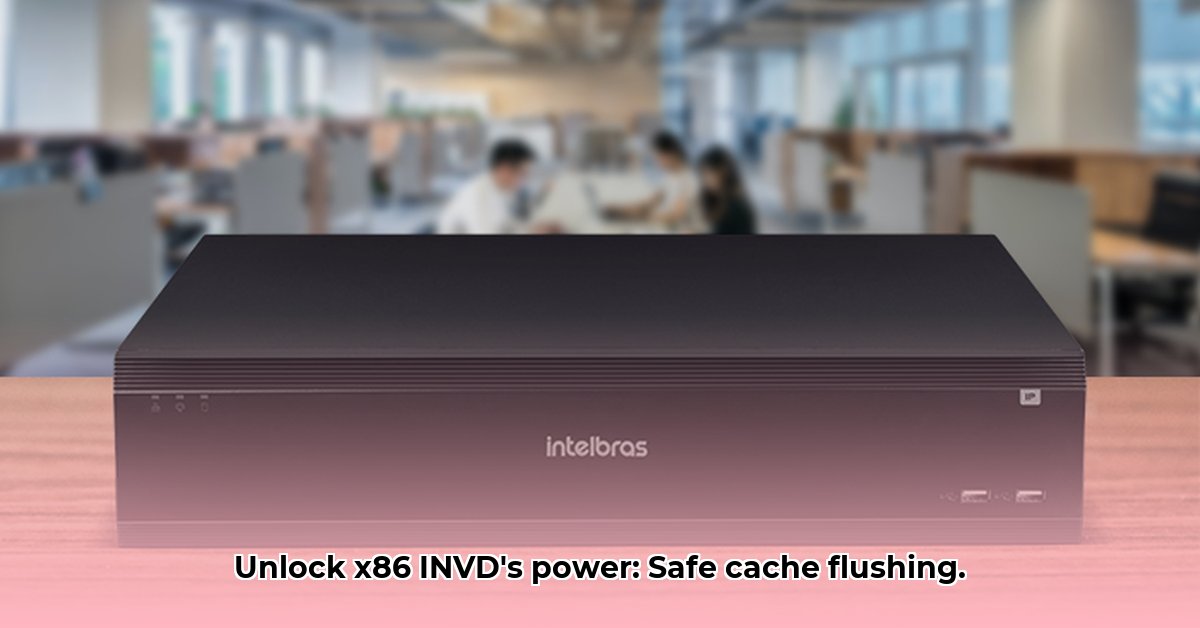
Understanding the x86 INVD Instruction
The x86 INVD (Invalidate) instruction offers the ability to forcefully clear processor caches. This sounds beneficial—faster access to data! However, this powerful instruction comes with significant risks. Unlike its safer counterpart, WBINVD, INVD doesn't write back modified cache data to main memory before clearing the cache. This means data could be lost irrevocably. Think of it like erasing a whiteboard without first copying down crucial notes – everything is gone. This lack of data preservation makes INVD exceptionally dangerous in many contexts.
When (and Why) You Might Consider Using INVD (Proceed With Extreme Caution!)
The use cases for INVD are extremely limited. It's rarely necessary for the vast majority of programmers or typical users. Its primary applications are confined to extremely specialized circumstances:
- System-Level Debugging: Low-level programmers and those performing advanced hardware testing might use
INVDin strictly controlled environments to create specific testing scenarios. This is not for everyday use. - Fault Recovery (Rare Cases): In exceptionally rare system error situations,
INVDmight be employed as a last-resort attempt to clear a stalled system. This is akin to a nuclear option – unpredictable and dangerous.
It's crucial to emphasize that these scenarios require an exceptional level of expertise and understanding of the underlying hardware. Misuse can lead to unpredictable system instability.
The Perils of INVD: Potential Problems and Their Impact
The risks associated with improper INVD usage are substantial:
- Data Loss: This is the most significant danger. Unsaved data residing in the cache is lost permanently without warning. This is catastrophic for applications requiring absolute data integrity or dealing with sensitive information.
- System Instability: Incorrect application can lead to crashes, freezes, or other unpredictable system behavior. The results are practically impossible to predict with certainty.
- Hardware Dependence: How
INVDfunctions varies considerably across different CPUs and chipsets. A successful implementation on one system might cause a complete system failure on another. - Interaction with PRM (Processor Reserved Memory): Improper interaction with PRM, a critical area of memory used by the processor, can have disastrous consequences, leading to severe system failures.
The Safer Alternative: WBINVD
WBINVD (Write Back Invalidate) offers a vastly safer approach to cache invalidation. It writes cache data back to main memory before invalidating the cache. This crucial extra step prevents data loss and significantly reduces the risk of system instability. In virtually all cases, WBINVD is the preferred choice.
Best Practices for (Very Carefully) Using INVD (Only If Absolutely Necessary)
Should you find yourself in the exceptionally rare situation where INVD is absolutely necessary (and this is strongly discouraged), follow these rigorous steps:
- Extensive Testing: Rigorous testing in a highly controlled environment is paramount before any attempt to use
INVDin a production environment. - Robust Error Handling: Implement comprehensive error handling mechanisms to detect and manage any potential problems that might arise.
- Data Backup: Utilize data backups or redundancy processes to mitigate the risk of data loss.
- Hardware Compatibility Check: Verify that
INVDbehaves as expected on all targeted hardware platforms. - Detailed Documentation: Maintain meticulously detailed records of all
INVDusage, including testing conditions, results, and any observed issues.
Legal and Regulatory Compliance
The potential for significant data loss associated with INVD necessitates careful consideration of relevant legal and regulatory compliance. Improper usage could lead to serious legal repercussions, particularly when handling sensitive data subject to strict regulations (e.g., medical or financial data). The risk of non-compliance is significant.
Conclusion: Exercise Extreme Caution
While INVD provides powerful cache-flushing capabilities, its inherent risks significantly outweigh any potential performance gains in almost all real-world scenarios. Unless you're a low-level programmer working in a highly controlled testing environment—and even then, utmost caution is advised—stick to the safer and more reliable WBINVD. Protect your data; prioritize its integrity over minor performance optimizations. The potential for irreversible damage is simply too great.